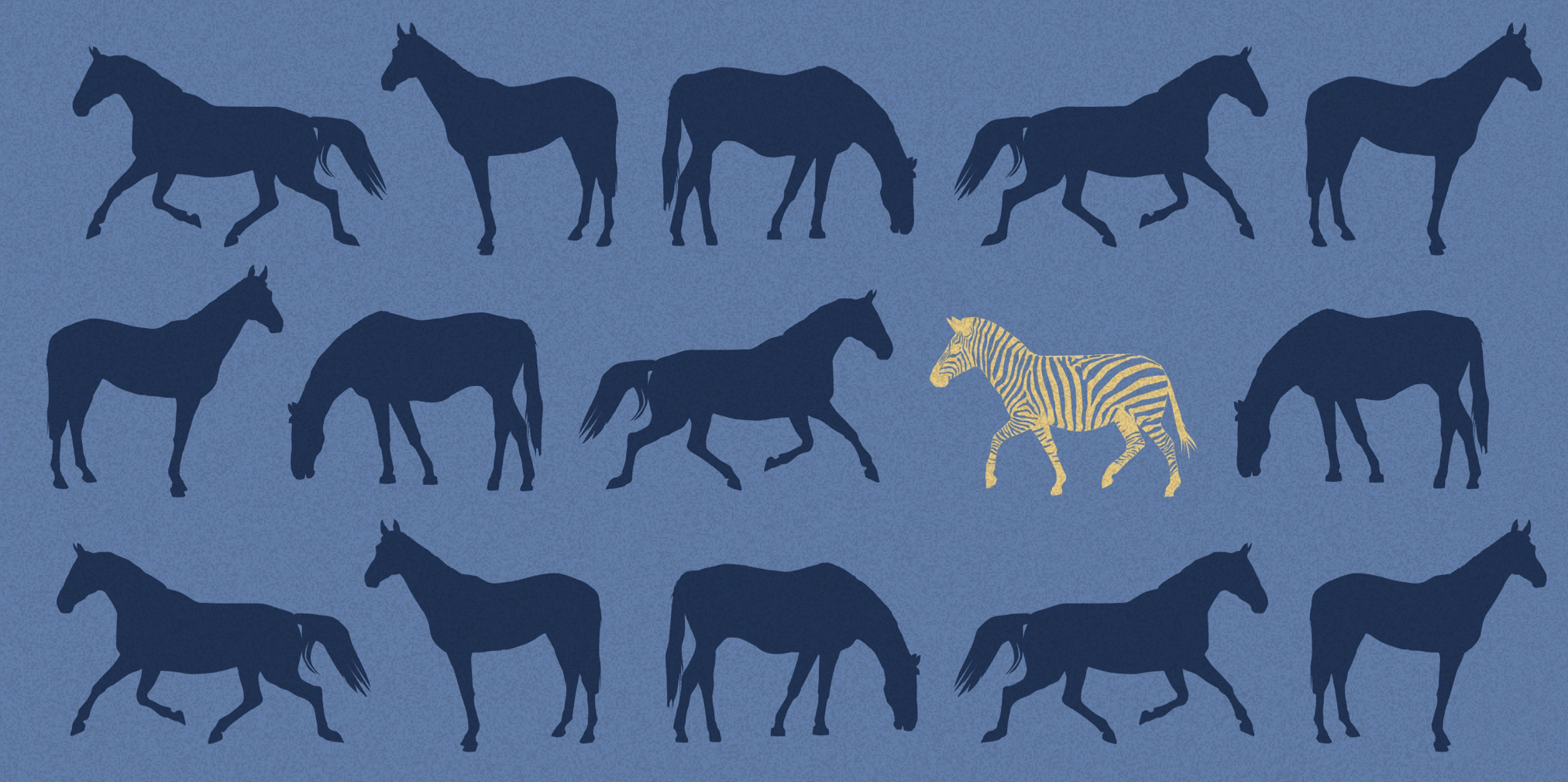Summary
Few patients. A scarcity of literature. Working in rare disease can feel like you’re standing at the edge of an abyss with just a flashlight in your hand.
Guests
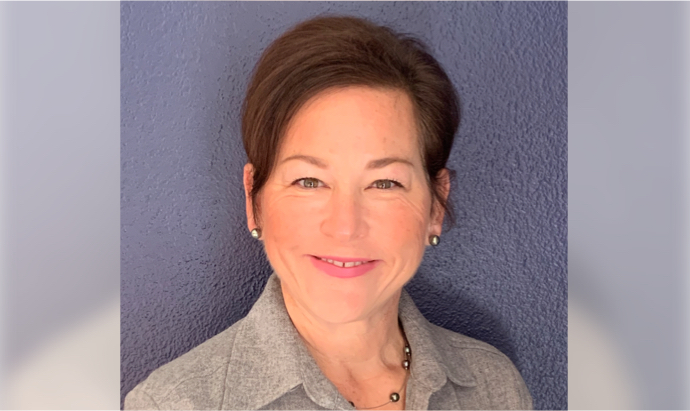
Suzanne Jan de Beur, MD, Endocrinology
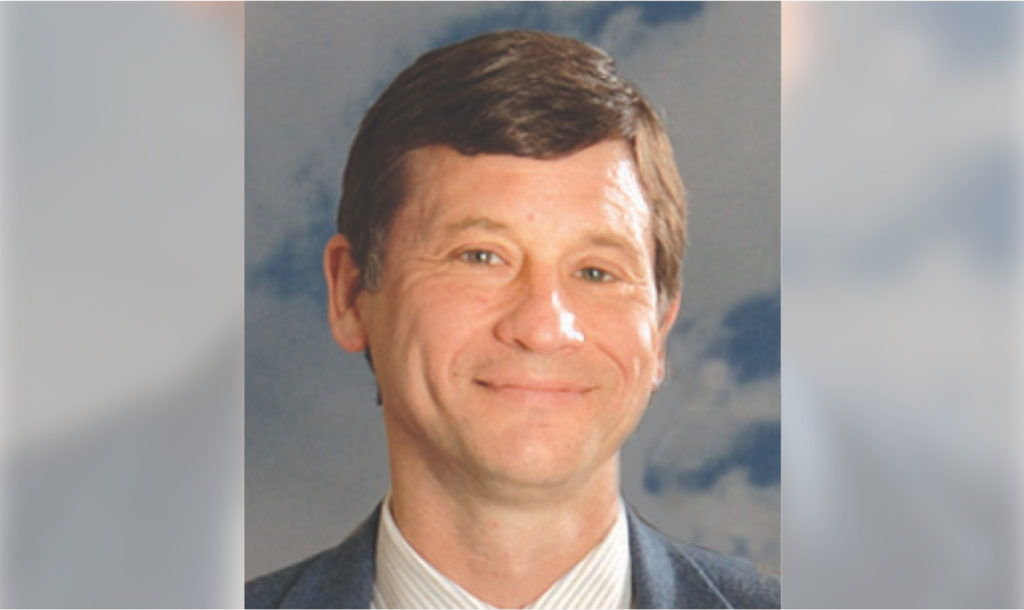
Jerry Vockley, M.D., Ph.D.
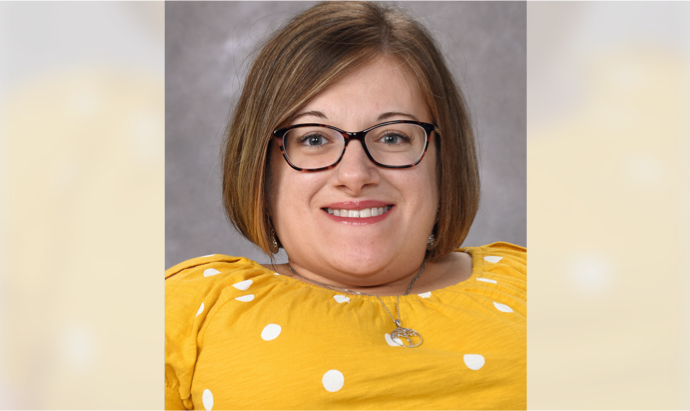
Pamela Smith, M.D.
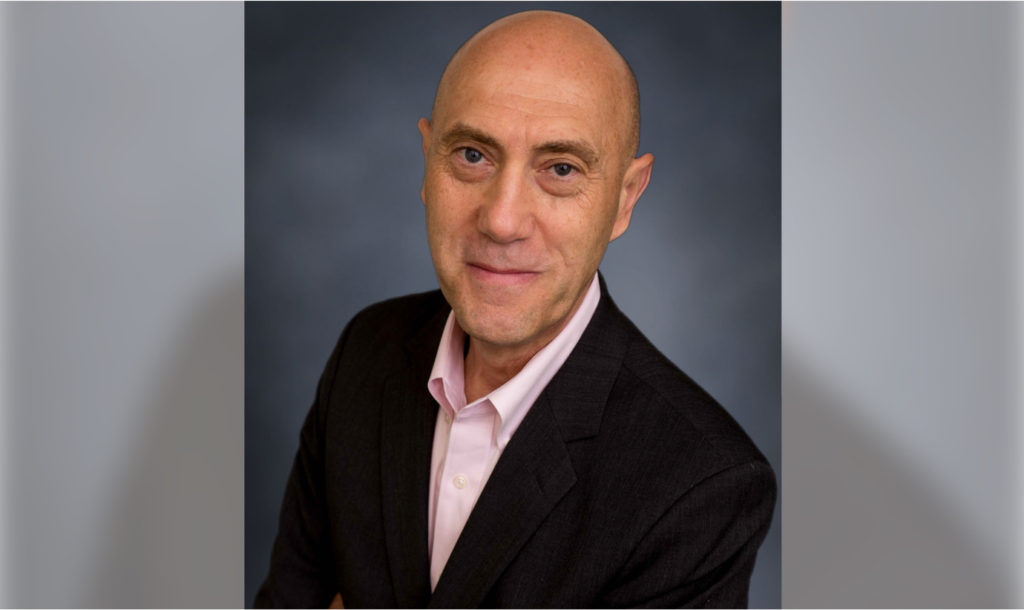
Nicola Longo, M.D., Ph.D.
Transcript
DDx SEASON 3, EPISODE 6
Searching for zebras
Opening
RAJ:
This season of DDx is brought to you by Ultragenyx Pharmaceutical corporation.
RAJ:
A disease is considered to be rare if it affects a small percentage of the population.
Most rare diseases are caused by genetic mutations, but they can include infectious diseases and cancers.
And while each individual disease might be low in its numbers, around 300 million people worldwide live with a rare disease.
That’s about 4% of the world’s population.
When taken together as a group, rare diseases don’t look so rare.
Show intro
RAJ:
This is DDx, a podcast from Figure 1 about how doctors think.
I’m Dr. Raj Bhardwaj.
This season is all about rare diseases.
These so-called “orphan” diseases face challenges when it comes to funding, diagnosis and treatment.
And it’s difficult for doctors to even learn about rare diseases when patients are an occasional zebra in a herd of horses.
So what attracts physicians to this field?
And why is it important that rare diseases be studied?
We asked the specialists from our previous episodes to find out.
DR. JAN DE BEUR:
My name is Suzanne Jan de Beur and I am a metabolic bone physician. I’m at Johns Hopkins University School of Medicine where I’m an associate professor of medicine.
DR. VOCKLEY:
Hello, I’m Jerry Vockley. I’m the Chief of Genetic and Genomic Medicine at the Children’s Hospital of Pittsburgh and the University of Pittsburgh School of Medicine. I’m also a professor of human genetics in the Graduate School of Public Health and director program called the Center for Rare Disease Therapy at the Children’s Hospital.
DR. SMITH:
My name is Pamela Smith. I am a pediatric endocrinologist working at Phoenix children’s hospital in Phoenix, Arizona and I have special focus in metabolic or genetic bone disorders.
DR. LONGO:
My name is Nicola Longo, and I am a Professor of Pediatrics and the Director of the Division of Medical Genetics at the University of Utah in Salt Lake City.
DR. JAN DE BEUR:
Yeah, I have really had a passion for rare diseases and rare genetic diseases actually, since I was in college.
Dr. VOCKLEY:
The disorders I found to be very interesting, the families…were incredibly needy and something just clicked. I could go into the laboratory and do research on diseases that I could immediately take out to the clinic and be able to help patients identify what they had, while we were still defining these diseases, and now helping to develop and implement new therapies.
DR. JAN DE BEUR:
Seeing this patient, trying to figure out what’s causing this disorder, and then really being able to use that as a target, to then reverse that disorder would just be worth, really throwing my entire energy and curiosity and passion behind. And so that’s when I got interested in rare diseases.
DR. LONGO:
I decided to focus on rare diseases because they are a clear unmet medical need. You’ll see that the families need some help. We want to provide some real therapy, not just supportive therapy for several of these conditions. I could study what was going on and potentially try to identify new therapies.
DR. SMITH:
I think it’s important to study rare diseases because one, they can teach us about common diseases and they can teach us about normal physiology or quote-unquote, normal physiology.
RAJ:
Recognizing that your patient has a rare disease isn’t the only challenge…
DR. VOCKLEY:
The funding…has always been focused on more common diseases and there’s a lot of rationale to that, but it did mean that there was always a struggle to stay one step ahead of the rent collector, as it were, being able to continue to have a functional research program that was viable. I’ve been fortunate enough that I’ve been able to do that.
DR. JAN DE BEUR:
And so that’s also one of the obstacles that you have to face. Other obstacles are they’re rare. So finding more patients to try to see what the natural history is to really understand the full scope of what the disorder really is, is challenging, because there’s just not a lot of people out there. The literature is limited, so really you feel like sometimes you’re kind of standing on the edge of a, really, a dark abyss with a flashlight and you understand you have an incomplete picture.
DR. SMITH:
It’s such a neglected area in general and there’s thousands and thousands of people living with rare disease with, you know, very limited. Treatment options. So it’s just, kind of an underrepresented group in medical research.
RAJ:
But as more physicians are drawn to this area of study, the challenges of funding and diagnosis decrease.
DR. VOCKLEY:
Well, the more people that study rare diseases, the better off we are, because there’s more people thinking about them…This is a growth industry from a patient and a physician standpoint, and we sure would like to be able to keep the physicians supplied, to meet the demand of all of those patients.
RAJ:
And specific treatments and therapies can have a reach beyond the rare disease they’re designed to treat.
DR. LONGO:
Many of these rare diseases can help us understanding how other more common conditions are. So for example, do people who have common form of heart disease respond to the therapy that we use for other rare diseases?
RAJ:
Our specialists see the future of rare disease research as bright.
DR. SMITH:
I feel like, but I feel it is changing and it is evolving and the awareness is just astronomically better than it was.
DR. JAN DE BEUR:
I think now more than ever is the best time to be a rare disease researcher. We have more tools available to us to be able to make the discoveries of what is causing the rare disease. We have more tools available to us to find more people with the same rare disorder and bring them together so we can understand the full spectrum of the disease…So at all those different levels, we are really never been poised to make significant discoveries than we are right now.
Show closing
RAJ:
Thanks to Dr. Jan de Beur, Dr. Longo, Dr. Vockley and Dr. Smith for speaking with us. This is DDx, a podcast by Figure 1.
Figure 1 is an app that lets doctors share clinical images and knowledge about difficult to diagnose cases.
I’m Dr. Raj Bhardwaj, host and story editor of DDx.
You can follow me on Twitter at Raj BhardwajMD.
Head over to figure one dot com slash ddx, where you can find full show notes, photos and speaker bios.
This episode/season was brought to you by Ultragenyx Pharmaceuticals Corporation. Stay tuned for the next season of DDx, where we do a deep dive into gene therapy. And as always, thanks for listening.

